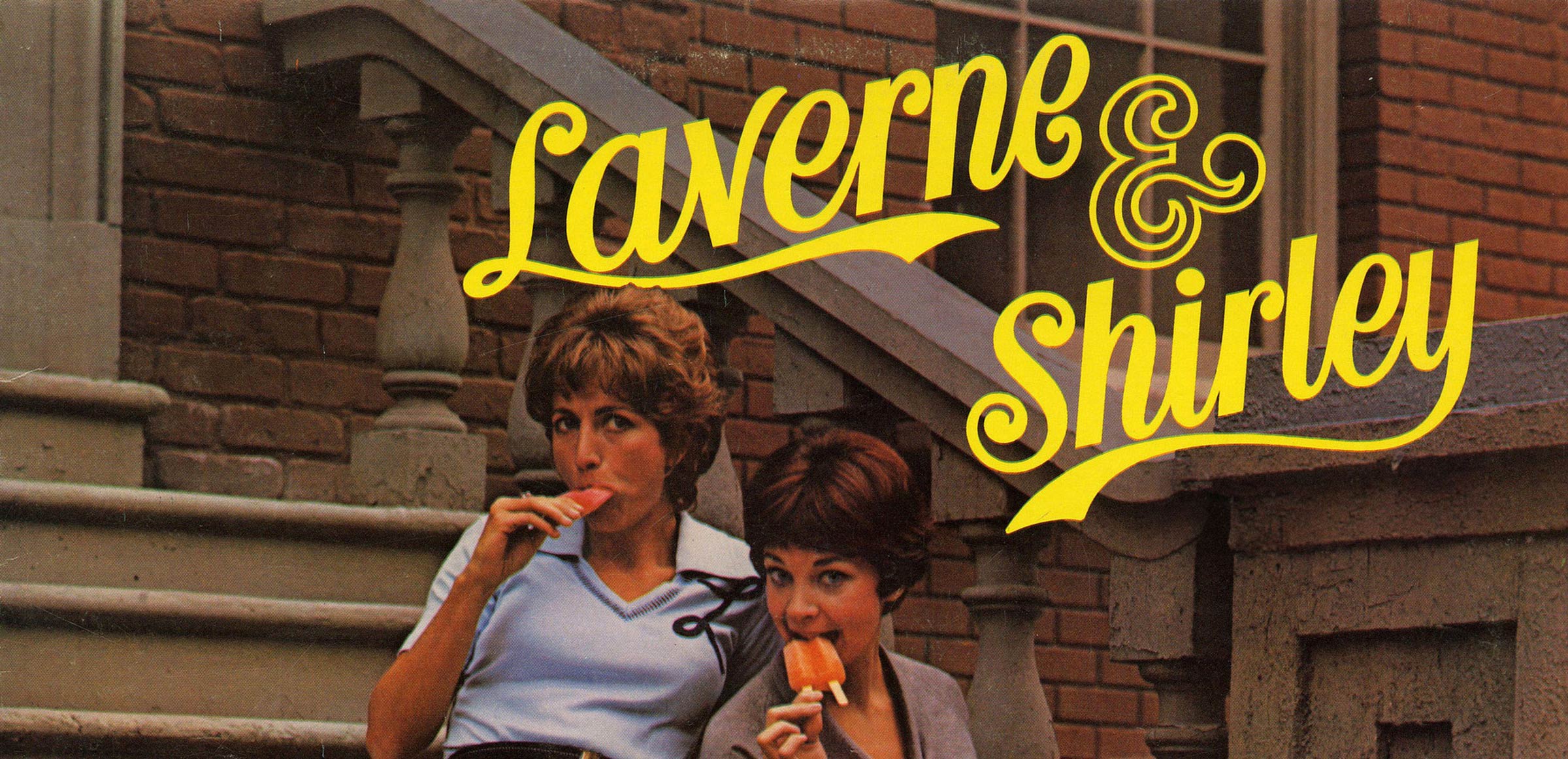Subscribe
The stars aligned in an unexpected way with a creative solution to break a top-billing stalemate
“1, 2, 3, 4, 5, 6, 7, 8. Schlemiel! Schlimazel! Hasenpfeffer!”
If you grew up with 1970s television sitcoms, you may remember this Yiddish hopscotch chant from the iconic opening to Laverne and Shirley, which chronicled the adventures of two women living in 1950’s Milwaukee.
What immediately followed is probably less memorable to the average viewer. Yet the Laverne and Shirley credit sequence revolutionised artist billing and changed the film and television industry forever. So, what is the Laverne and Shirley credit?
Top billing and the importance of credits
The show tracked the adventures and misadventures of best friends Laverne (played by Penny Marshall) and Shirley (played by Cindy Williams). They were inseparable, weathering life’s ups and downs together.
However, off-screen, Marshall and Williams had ferocious disagreements over who would get top billing. Top billing is an industry term that refers to the acting credit with the most prominent positioning.
Opening credits may seem unimportant and their order of appearance arbitrary. However, billing clauses are among the most heavily negotiated in a performer’s contract. All aspects of a credit are hotly contested, including:
- position
- order of appearance
- size
- font
- colour.
Credits also contribute to the recognisability of performers and often help them secure acting opportunities in other productions. The top billing performer also benefits from being a central figure in the production’s marketing materials, like trailers and posters.
Typically, there is a standout star in the production who is given the honour of top billing. However, where the line-up is star-studded with performers of equal reputation and calibre, as with Laverne and Shirley, it can get complicated.
What is the Laverne and Shirley credit?
The problem was that Marshall and Williams were both promised top billing. The situation was so difficult that in an effort to avoid litigation, the producers designed diagonal billing, which is now often referred to as the Laverne and Shirley credit.
Diagonal billing positions both performers’ names on the single title card or credit frame, with one name positioned at the bottom left and the other positioned at the top right. It caters to the viewer’s natural eye movement that either reads from top to bottom or from left to right. This gives both performers equal prominence on screen.
Before Laverne and Shirley, credit disputes between performers were resolved by alternating the credits between the two performers from episode to episode. The Laverne and Shirley credit was an industry-first solution.
The final word
The Laverne and Shirley credit transformed one of the most contentious aspects of talent engagement in film and television productions. It set a new standard for artist credits and is now commonplace in today’s entertainment landscape.
Negotiating artist credits requires skill, empathy and a deep understanding of the industry. It goes well beyond a working knowledge of contract law. The Laverne and Shirley credit shows how critical it is to have a creative approach and an arsenal of industry-proven solutions in these negotiations.
Subscribe




